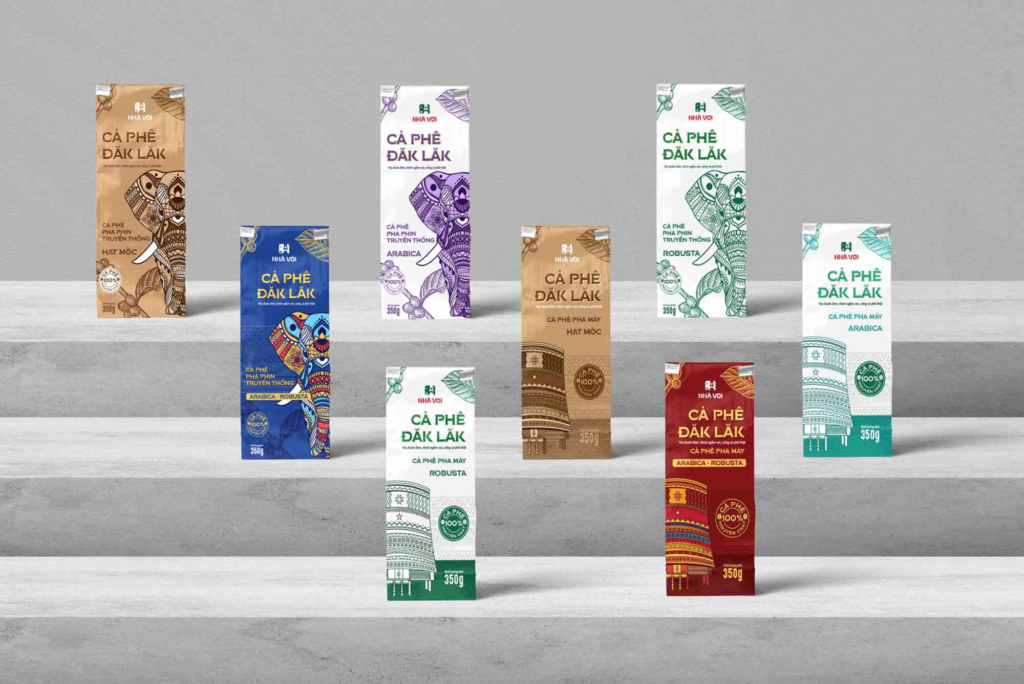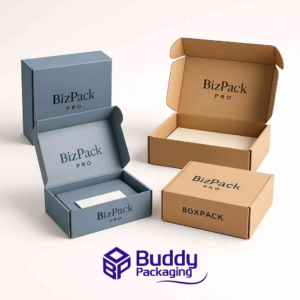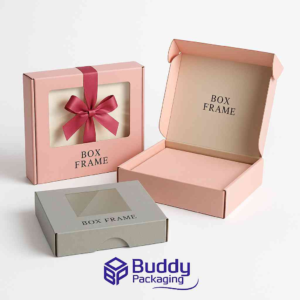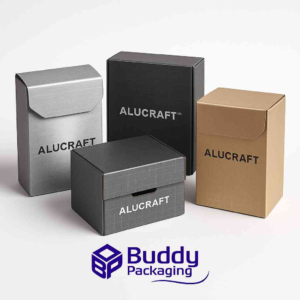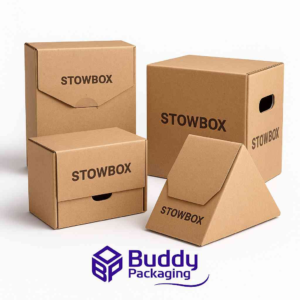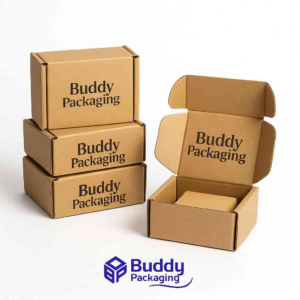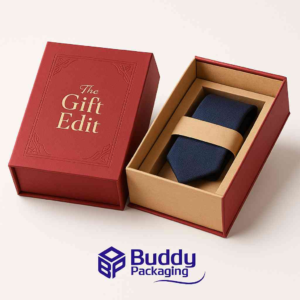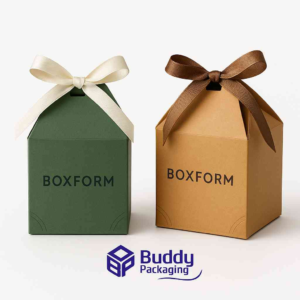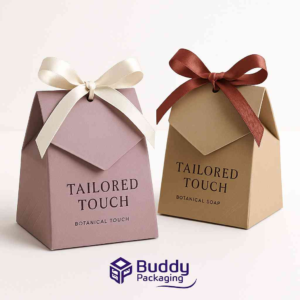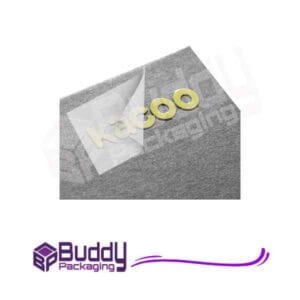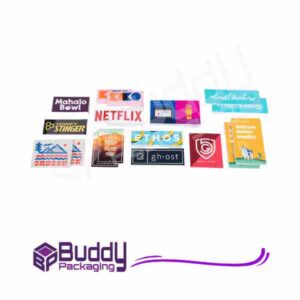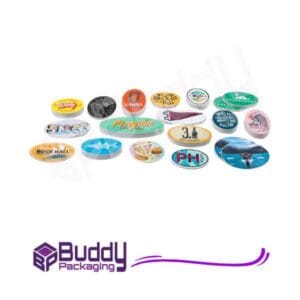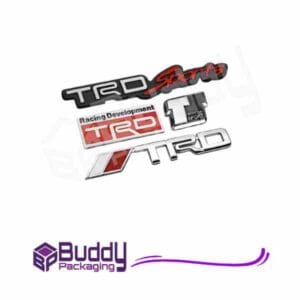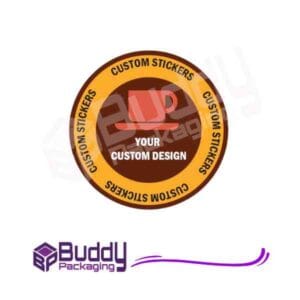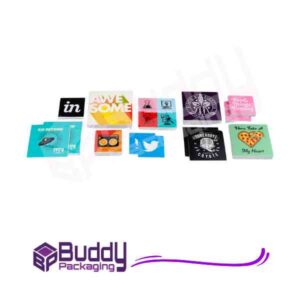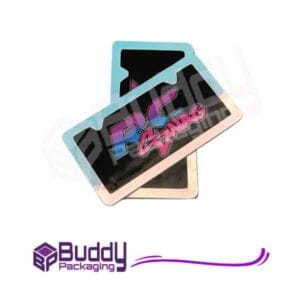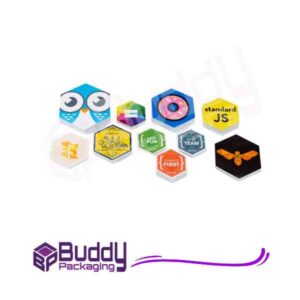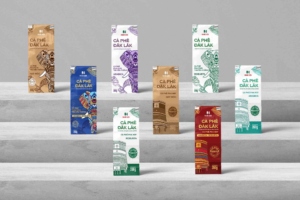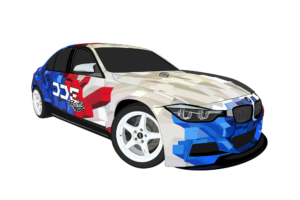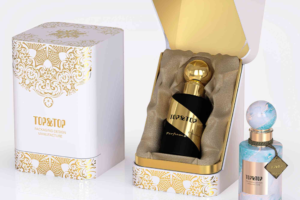Introduction
Packaging design is more than just wrapping—it’s storytelling through visuals, structure, and texture. Every box, bottle, and label tells a brand’s story. The best packaging designers in the world understand that great design can influence how consumers perceive value and trust. In this article, we explore the most famous packaging designers, their creative impact, and how their work continues to inspire brands globally.
The Importance of Packaging Design
Packaging design isn’t just about aesthetics. It blends psychology, marketing, and creativity to make a brand unforgettable. A striking package can make a product stand out on crowded shelves, while poor design can make even the best products invisible. The most famous packaging designers know how to balance beauty, function, and emotion.
Modern brands understand that consumers judge quality through packaging before they even try the product. Investing in expert design—like that offered by Custom Packaging—helps businesses elevate their brand presence and increase consumer trust.
Leading Figures in Packaging Design
Walter Landor – The Pioneer of Brand Identity
Walter Landor, founder of Landor Associates, revolutionized how we perceive branding and packaging. His belief that “products are made in the factory, but brands are created in the mind” remains a guiding principle for modern design.
Landor’s studio designed iconic packaging for Coca-Cola, Levi’s, and FedEx. His focus on storytelling and visual harmony changed how global companies approached packaging. Landor emphasized that packaging should evoke emotions, not just serve as a container.
Rob Janoff – The Man Behind the Apple
Rob Janoff’s creation of the bitten Apple logo in 1977 is one of the most recognized symbols in the world. His minimalist approach demonstrated how simplicity could achieve timeless appeal.
Janoff’s design philosophy—clear communication through simplicity—still influences packaging today. Even though he’s known primarily for a logo, his approach to brand visuals transformed how packaging supports identity.
Jonathan Ive – Redefining Minimalism
Former Apple Chief Design Officer, Jonathan Ive, took packaging to new levels of sophistication. Apple packaging is an experience: sleek, tactile, and memorable. Ive believed that unboxing should feel like a ceremony.
His designs emphasized harmony between product and packaging. Every fold and texture reflected Apple’s commitment to quality. This philosophy has inspired countless modern designers who now see packaging as an integral part of brand storytelling.
Turner Duckworth – The Masters of Modern Branding
Turner Duckworth is renowned for creating bold and emotionally engaging designs for brands like Coca-Cola and Amazon. Their work stands out for its ability to balance heritage with innovation.
The agency redesigned Coca-Cola’s global packaging system, refining its visual consistency while preserving its heritage. Their philosophy centers on simplicity, authenticity, and joy—qualities that define memorable packaging.
Debbie Millman – The Voice of Design Strategy
Debbie Millman, a designer and educator, has shaped how brands approach design thinking. As the host of Design Matters, she’s helped designers understand the importance of meaning in design.
Her approach emphasizes empathy and storytelling—core elements in effective packaging. Millman believes design should reflect the brand’s truth while connecting emotionally with consumers.
Paula Scher – The Queen of Visual Boldness
Paula Scher, a partner at Pentagram, brings energy and confidence to packaging design. Her use of bold typography and dynamic layouts has influenced countless campaigns.
From the Citibank rebrand to packaging for major cultural institutions, Scher’s work demonstrates how strong visual systems can elevate brand perception. Her designs prove that packaging can be both functional and artistic.
Karim Rashid – Futuristic and Playful
Karim Rashid is known for his vibrant, futuristic style. His packaging designs for brands like Method and Pepsi showcase fluid lines and expressive forms. Rashid believes that everyday objects should inspire joy and curiosity.
His designs blur the line between art and function, transforming simple packaging into sculptural experiences. Rashid’s forward-thinking approach encourages brands to embrace colour and creativity boldly.
Marc Rosen – The Master of Luxury Packaging
Marc Rosen’s designs for high-end perfumes—such as Elizabeth Arden and Karl Lagerfeld—define elegance and sophistication. Known as the “Couturier of Packaging,” Rosen blends architecture, art, and fashion into each creation.
His belief that packaging should evoke emotion through form and texture has made him a legend in luxury design. Rosen teaches that packaging should make consumers feel the brand before they even open the box.
The Power of Emotion in Packaging Design
Famous packaging designers understand that design isn’t just seen—it’s felt. Emotional design connects with consumers on a subconscious level. The right colour, texture, or unboxing experience can trigger memories or associations.
Apple, for example, uses minimalist packaging to convey sophistication and trust. Coca-Cola uses red to evoke energy and happiness. Emotional cues make packaging memorable and drive consumer loyalty.
Emerging Trends Inspired by Famous Designers
Sustainable Design
Modern designers take cues from pioneers like Jonathan Ive and Marc Rosen to merge beauty with sustainability. Eco-friendly materials and minimal waste are becoming the standard. Packaging now tells a story not just of the product, but of brand ethics.
Interactive and Smart Packaging
Technology has entered the packaging world through QR codes, NFC tags, and augmented reality. These innovations make packaging a platform for engagement. Famous designers often lead this shift, turning passive packaging into active experiences.
Minimalist Aesthetics
The success of Apple and other minimalist brands has made simplicity the new luxury. Clean lines, muted colours, and thoughtful typography dominate the modern packaging scene. The focus is no longer on clutter but on clarity.
Lessons from Famous Packaging Designers
Consistency is Key
Walter Landor taught that packaging must align with brand identity. Consistent colour, typography, and design language build trust and recognition.
Form Should Follow Function
Jonathan Ive and Karim Rashid remind us that beautiful packaging should also be practical. Every fold, lid, or closure should enhance user experience.
Emotion Drives Connection
Debbie Millman and Marc Rosen highlight that emotional storytelling makes packaging meaningful. When customers feel something, they remember the brand.
Simplicity Wins
From Rob Janoff’s Apple logo to Turner Duckworth’s Coca-Cola designs, simplicity makes designs timeless. The fewer elements, the stronger the impact.
How to Create Your Own Impactful Packaging
If you’re inspired by these design legends, start by defining your brand’s story. Ask what emotions you want to evoke. Use colour psychology, texture, and structure to express your brand values.
For small businesses, working with professionals can make all the difference. Explore Custom Packaging solutions that reflect your brand’s essence while ensuring durability and sustainability.
For creative inspiration and professional insights, browse packaging design tips from industry experts who break down techniques that can elevate your work.
And if you’re curious about where to collaborate with expert packaging providers, check the Buddy Packaging Location for more information.
FAQs
Who is the most famous packaging designer in the world?
Walter Landor is often considered the most famous packaging designer for his pioneering role in branding and visual identity.
What makes a good packaging design?
Good packaging design combines function, emotion, and brand storytelling. It should attract attention, convey purpose, and encourage trust.
How do famous designers influence modern packaging?
They set trends in minimalism, sustainability, and user experience, inspiring new designers to innovate while maintaining brand integrity.
Why is packaging design important for brands?
Packaging creates the first physical impression of a product. It communicates brand values, quality, and emotion before the consumer even uses the product.
Can small businesses afford good packaging design?
Yes. Affordable Custom Packaging options allow small businesses to create professional and memorable designs without breaking their budget.
Famous packaging designers have shaped how we perceive and interact with products. Their innovative ideas show that packaging isn’t just decoration—it’s communication. From Walter Landor’s brand philosophy to Jonathan Ive’s precision and Karim Rashid’s playfulness, these designers teach us that creativity and emotion can turn packaging into an experience.
As technology and sustainability redefine design, the next generation of packaging innovators will continue to blur the boundaries between art, function, and storytelling.
If you’re ready to make your brand unforgettable, start exploring professional design and Custom Packaging solutions that bring your vision to life. Great packaging isn’t an expense—it’s an investment in your brand’s future.

